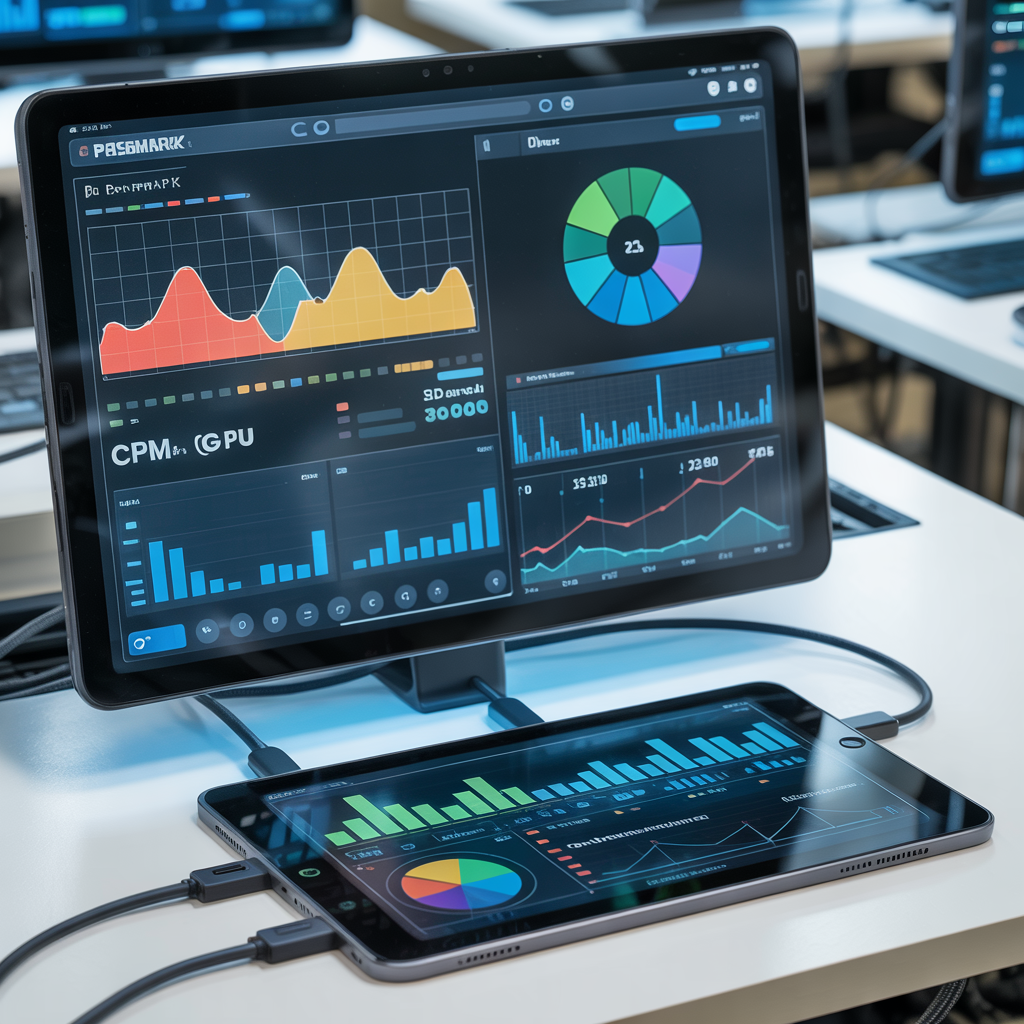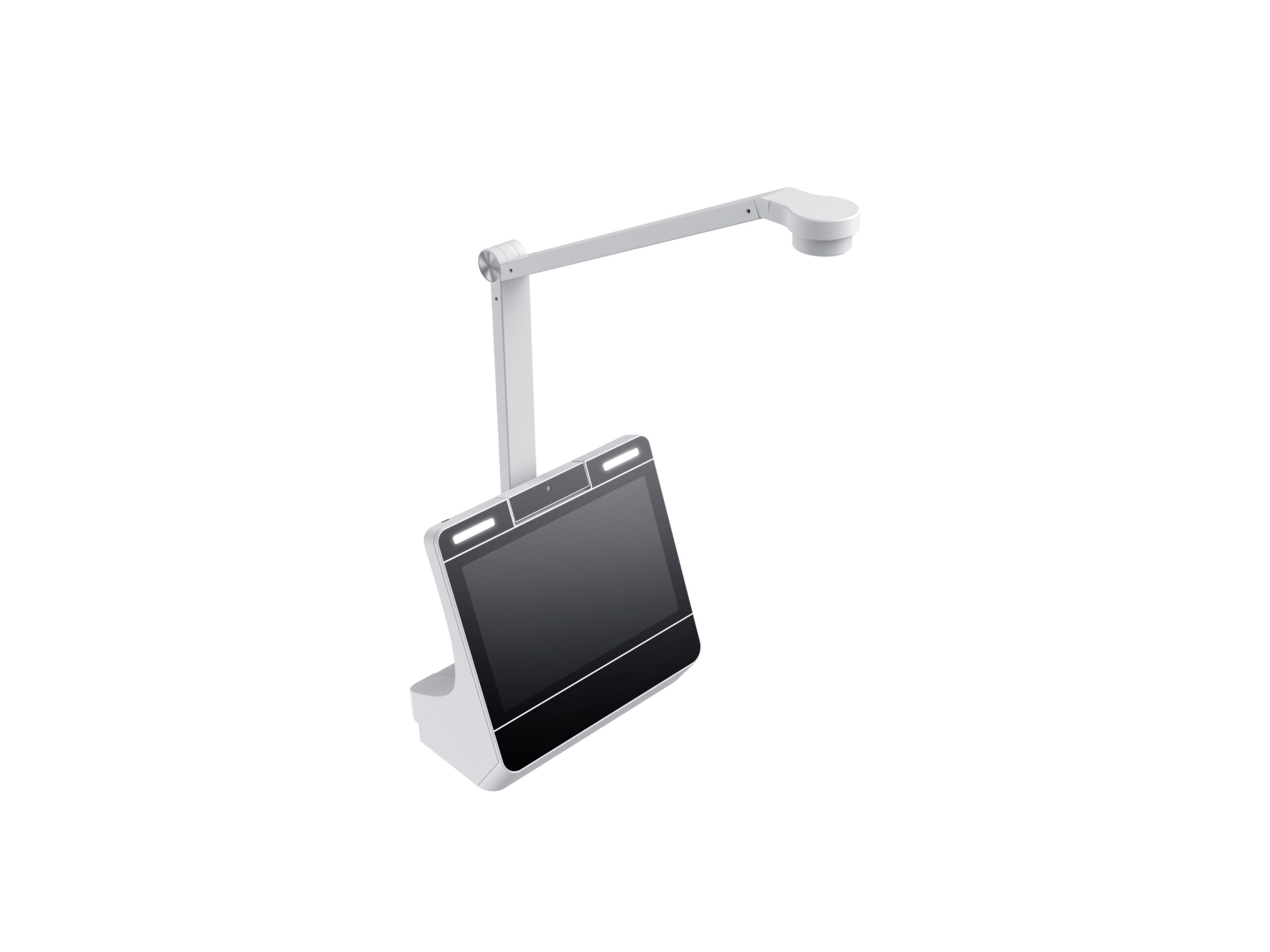Manufacturing custom Android tablets and custom Android phones has turned into a passion of mine, not only because I enjoy getting the product made, but because of the interesting projects Hatch has the honor of working on. Our ability to make products is what gives Hatch the chance to play a role in advancing these great projects. It took years of first hand experience to get to here.
When I first started in the electronics industry the process of making my own product was a complete mystery. I could barely visualize the different steps. There was no way I could successfully lead the full product development process nor would I want to solicit anyone to give me their money to try. Many intricate steps happen to develop a product and each step relates to one of the other steps. Learning each of these steps, how one part affects the other, the cost for each service and material, which step comes first and which comes second, defining responsibilities, and holding people accountable require years of apprenticeship or learning from failures. Once someone learns this much they can start to try doing themselves, but the learning never ends.
Starting from the most basic level, product trading, I gradually got more exposure to the parts of the product development process. In order to stay price competitive while selling high volume consumer electronics my company was forced to get deeper into the supply chain and that helped me learn about the different components of electronics, who’s responsible for making each, costs, etc… A lawyer, accountant, or doctor spends years in training before they receive the certification necessary to offer their skills to the public, and in many cases these professionals end up spending years improving and refining their skills on the job after their formal education.
I started working in electronics manufacturing in 2004. After about 6 years I felt confident enough to start designing and redesigning the products which I had the most experience with. At that time it was MP3 players, before Android devices or custom Android devices were prevalent in Shenzhen. Since around 2011 all the products that Hatch made, even the non-custom ones, we broke down to the component level and controlled each part of the supply chain. Ambitious clients have realized the importance of this and tried to do it themselves, from overseas. After months or years of trying they realized that sticking to their core business, and allowing Hatch to stick to our core business, was a more productive use of their time. Nonetheless, in this article I’m sharing my education about the key steps to take a custom Android device from concept to shipping using the same process that Hatch uses in real life. If you end up working with Hatch these are the all the things that your project will go through.
The list below is presented in chronological order with an idea on how long each part should take. As a general idea the time it takes from kick off to shipping the first mass production is 6-18 months, although we’ve seen longer for clients with very specific needs and more intricate product requirements.
Defining Product Requirements – Clearly defining exactly what a product needs to do, how it should perform, what features it should have, what it should look like, etc… Each step of the development process is important, but making sure the initial stages are done correctly have more bearing on the success of a project than the later stages because it takes more back tracking to fix an early mistake than a later mistake. Some clients can do this on their own. Some need help. For clients that need help Hatch offers an engineering assessment service which includes defining product requirements.
Hardware Architecture Validation – Evaluate samples of existing products to determine which components (like camera, screen, CPU, memory, etc) to use in final hardware architecture. (1 month)
Industrial Design (ID) – Designing the external appearance of the casing. This part is completed by the client. If client doesn’t have their own designer Hatch can introduce one. Hatch provides information about component dimensions to designer. Once an initial ID is done Hatch will build the PCBA around the design. ID usually requires modification during the development process. The electronics development can begin once ID is complete. (Time varies on client. 2-4 weeks is normal)
PCBA Engineering – Create electronics using the chosen components. Confirm schematic, create the PCB layout and select specific components. Choosing specific component means the actual component model. The Hardware Validation process will serve to identify the spec of the component, but not necessarily the actual model. Just like knowing that you’re looking for size 9 when you go to a shoe store doesn’t mean you know which pair of shoes you’re going to buy. This process happens after Hardware Architecture Validation. (1.5 months)
Mechanical Design (MD) – Engineering the internal structure of the case including designing all buttons and small parts, interaction between parts, and coordinating the mold makers and assembly factory to optimize mold design for appearance and efficient final assembly. This process happens in parallel with PCBA engineering. Hatch can entirely handle this part after getting the ID, but the client has the choice whether to use their own designer if they want. If the client uses their own engineer Hatch provides an engineer for support to serve as a conduit between the tooling and assembly factories and client’s engineer. Hatch will quote full MD or MD support after the ID is finalized in order to provide a quote that reflects the actual work required. (1 month for first draft and usually 2-3 months for optimization)
Manufacturing First Round of PCBA – Prepare 5-20pcs empty PCB based on custom design. Purchase components to make samples with. Assemble components on PCBA using SMT or hand assembly. PCBA stands for Printed Circuit Board Assembled, which is the result of applying components to an empty PCB. This happens after PCBA design is completed. Since minor hardware changes are required to the PCBA after the first round usually only 5-10 PCBAs are produced at this stage. (1 month)
Firmware (Android OS) Customization – After initial PCBA samples are ready the firmware engineers start testing custom firmware code on the new hardware. Initial firmware customization development and testing can start by using a generic PCBA (from an existing product that’s similar in architecture to the custom Android product), but the most crucial engineering and testing begins once the actual PCBAs are ready. (1 month for first version; 2-3 more months for optimization. Android OS modification often goes on until mass production and sometimes after.)
Supply Chain Creation and Management – After deciding the specs of each component Hatch will decide which specific model to use and which specific supplier to purchase from. During the prototype and trial production stages client must approve the results of the components chosen. If any components don’t provide the desired result Hatch will work to optimize the result or offer an alternate component for a new evaluation. (3 weeks for first version; ongoing changes are common for various reasons)
Pre-Production Prototype – Once the approved first draft of the PCBA design and MD are finished Hatch will assemble one of the initial PCBAs into a 3D printed case (usually CNC, SLS, SLA or RTV, if multiple prototypes are required) and send to the client for evaluation purposes. Pre-production prototypes closely reflect what the final product will look, feel, and perform like. This provides a quick and cost effective way to identify details to change or fix. If Hatch made any mistakes during the development process a new prototype will be provided free of charge and Hatch will also make those changes free of charge. Additional rounds of prototypes (for marketing, investment, evaluation, etc) can be made upon client request and at client’s expense. Hatch extensively tests the pre-production prototype before sending to client and documents all the problems to make the client aware before they receive. By the time the client receives the prototype the problems are already getting addressed and resolved. (4-6 weeks for making PCBA, 3D printing, assembly, testing, fixing, re-testing)
Tooling – Creating steel molds that are used for mass production plastic injection or die-cast molds for mass production of metal parts for the product case or internal parts. Typically Hatch handles this, but if the client has a strong background in tooling and wants to do this themselves they are welcome to. Having Hatch handle this part is usually more efficient because our electronics, assembly, and mechanical teams can work together in real time to identify, address, and resolve problems. Tooling quote is provided after MD is finished in order to reflect the final requirements. (5 weeks until initial samples can be produced; modifications to molds can take another 1-2 months and happen in parallel with trial production(s))
Trial Production – While tooling happens Hatch will start to purchase electronic components for trial (and sometimes mass) production including the PCB. It takes up to 35 days to receive the longest lead time components like custom batteries and PCBA. Trial production is the first time that the product will be assembled on an assembly line, in a real mass production environment. This stage is crucial for many reasons including checking that the case can be assembled efficiently and doesn’t have any problems and checking that all the parts, firmware, and drivers work together. In this stage we’re also optimizing manufacturing and quality control processes, testing the finished product, and making devices for end user testing and certification testing. Sometimes multiple rounds of trial production are necessary. For trial production Hatch suggests to assemble a limited number of PCBA (usually 50-200 pcs depending on individual needs of client/project), rather than the full mass production amount, to limit risk in case an unforeseen change is needed to the electronics. Purchasing the smaller quantity still requires a deposit on the full quantity as component suppliers want validation of a larger order, although they sometimes charge an additional service fee for below MOQ production. Considering these options and the client’s situation, the client and Hatch will decide the best path forward, whether to purchase components for mass production or just trial production, when the time comes to make that decision. (2.5 months)
Manufacturing SOP Optimization – While all products have a generic assembly process your custom product will have caveats about it which are different from any generic product. Hatch combs through each stage of the manufacturing process to ensure that the specific details that apply to your product are communicated in a formal document so the factory will set up the necessary work stations and factory workers are aware of what to do. This process happens during and after trial production, in parallel with trial production testing. (2 weeks for initial SOP, with updates as needed)
Testing Devices from Trial Production – Devices from trial production are used for testing and optimization by several parties. Usually 3-4 units go to the electronics and firmware engineers, 8-10 units go to the certification lab, Hatch keeps 3 units, the client gets units for internal testing, and sends units to end users for testing. The client will decide specifically how many units they want for internal and end user testing. (1 month shipping and testing, 1 month for modifications, rest of timeline depends on nature of the changes)
Certifications (FCC/CE/RoHS/Antel/IEC/etc.) – Units from trial production get sent to the certification lab for testing. Different regions/countries have different certification requirements. Clients can use Hatch to manage the certification process or handle the certifications on their own. Labs almost always find problems that require revision. For this reason extensive interaction between the lab and engineers is required to make necessary adjustments to the electronics or firmware. Using Hatch for to handle certification testing is almost always faster, cheaper, and more reliable. (4-8 weeks depending on the amount of revisions that are necessary to the product)
Mass Production – Once thorough testing of trial production is finished and all constituents approve the last round of revisions mass production can begin. Depending on whether components have already been purchased mass production typically takes 1-2 months for 10k pcs or less. There are factors that determine how long mass production takes. One of those factors is whether all the components are purchased before trial production or not. If they are that will increase the speed of mass production. We maybe able to reduce time for future production runs. The first mass production always comes with some learning. (1-2 months)
Shipping – Hatch handles all aspects of shipping including collecting the goods at the factory, sending via courier, air freight, or sea freight, customs clearance in China as well as most destination countries. Flexible logistics options are available for the time and cost effective delivery of products. Clients have the option to handle shipping on their own as well. (5 days to 6 weeks depending on shipping method and destination)







